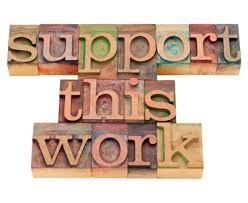The Case for a Clear Case
Everybody in your nonprofit should be able to articulate a clear case for support, from board members down to frontline staff. The case is your organization’s unique reason for existing, based on a very real social need—i.e. how you are equipped to offer an effective solution to a specific problem in society. It forms the basis for all communication around your work, whether an informal conversation with funders, the content of your website, or a full grant proposal.
Your case for support should be consistent and supported by all internal stakeholders. Imagine if your staff and board told drastically different narratives of why your organization exists and what it does. Potential supporters might see you as disorganized, disunified, or even disingenuous—all which would reduce their inclination to fund you. But when you have a clear, shared case, it shows supporters that you are unified and have thought carefully about your place in the world.
The act of formulating a case statement—a concise two- to three-page articulation of your case—can help your organization deeply understand why its work is needed. Many nonprofits are so focused on program activities that they don’t spend much time contemplating why those activities are relevant. By framing your work as a direct and appropriate response to a pressing social issue, you will have a much greater impact and mobilize more support. You might even realize that there are deeper issues to address that require a modified approach.
A case statement is best created with the input of many people within your organization. This isn’t something that should be left solely to your development staff. All internal stakeholders should be on board and understand the relevance of your organization’s unique case. When you agree on it, you should make sure that everybody can also articulate it, even if only in simple terms—in fact, simpler is better
Though the creation of the case statement should be collaborative, it’s best if one person writes it, as it can become an issue of ‘too many cooks in the kitchen.’ Ideally, your board and staff would outline its basic points and somebody in development would craft it into a written form, which will serve as the basis for future development documents, such as full grant proposals.
So if your organization does not have a clearly defined case statement, get on your ED’s case to formalize one—there’s a case for it. It will clarify and unify your organization’s messaging about what it does and might even help you approach your work more effectively.

